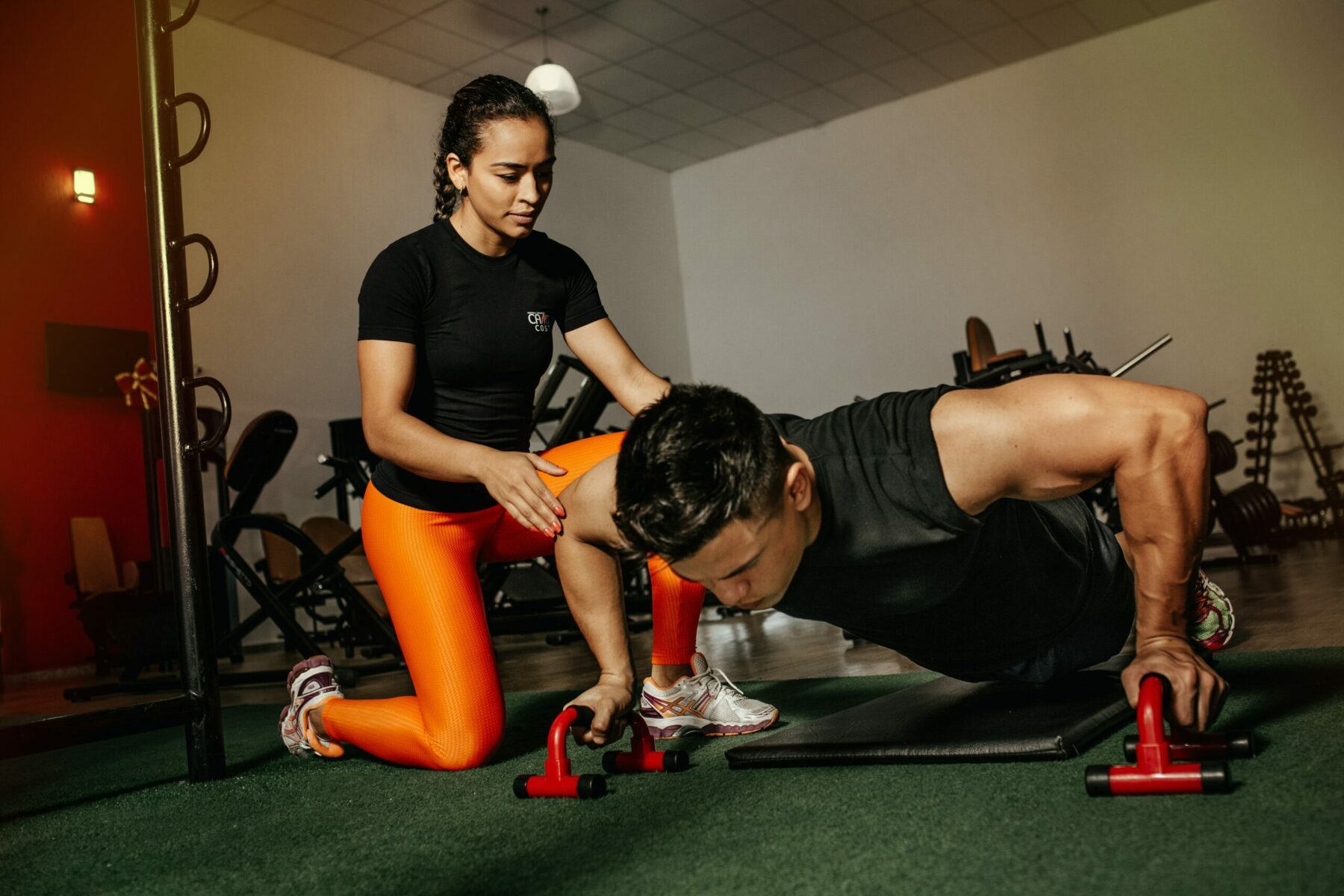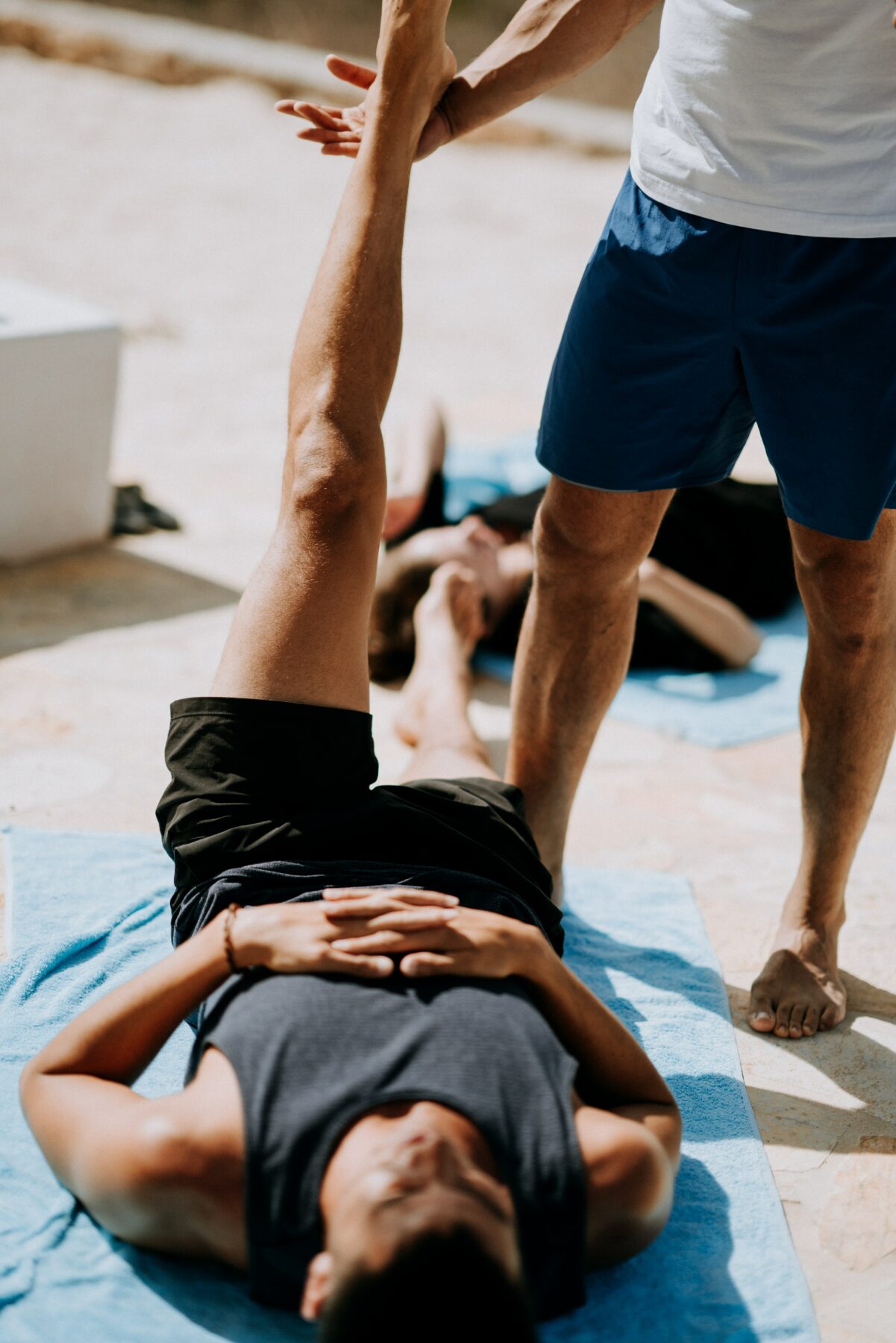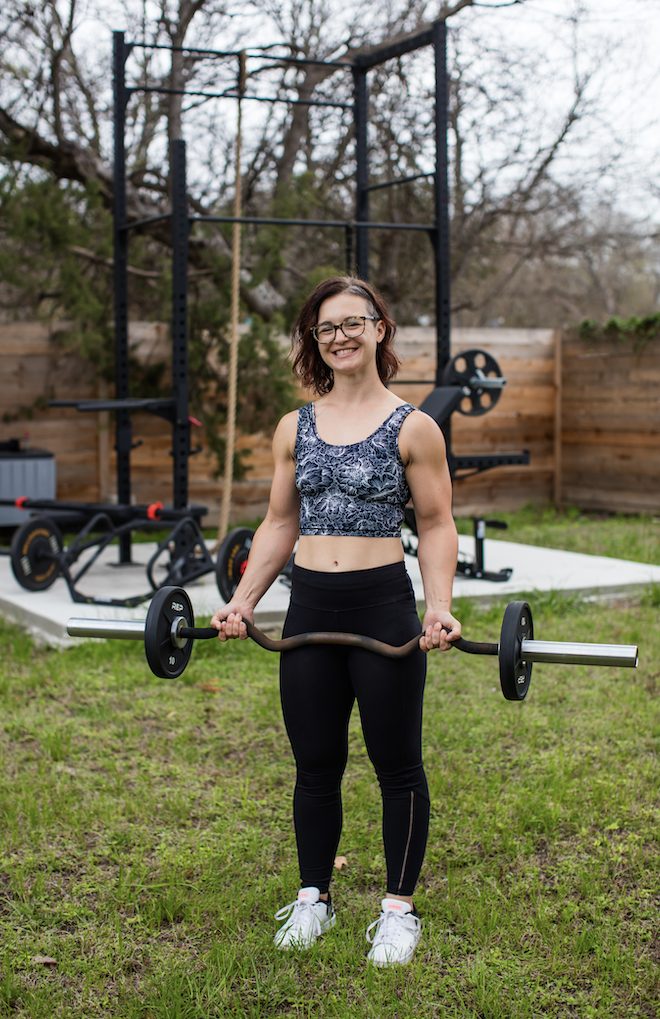How to Become a Personal Trainer

Being a personal trainer can be a highly rewarding career — you spend your days helping others reach their goals, see their strength and confidence grow, and make a lasting impact on their health and quality of life. There are a few avenues to becoming a certified personal trainer; some include falling in love with fitness early on in life and spending your professional life training, and others (myself included) consist of becoming a trainer as a second career after fitness positively impacts and changes your adult life.
For those who know from an early age that their career path lies in fitness, health and nutrition, there are opportunities to become knowledgeable early on. Getting a degree in exercise science or kinesiology opens up internships in athletics, physical therapy, strength training settings, fitness education programs and more. You’ll gain a wealth of knowledge on body mechanics and training and have the foundation to pass the exam to become a trainer.
For those who fall into fitness later in life and see becoming a trainer as a way to pay it forward, it may take a little more time to learn the ins and outs. A lot of those who transition into being a trainer as an additional career typically had years of their own trial-and-error training and fitness experiences on their journey. Once you’ve finally found programming and information that clicks for you, you can grow your knowledge base and understand the fundamentals of what’s effective and enjoyable.
Getting Certified

Whichever path you’re on, you’ll need to pass a certification exam to be hired and taken seriously. The two most common certifications are NASM (National Academy of Sports Medicine) and ACE (American Council on Exercise). Both of these options offer plenty of study material and courses to help you learn basic anatomy and nutrition, best practices and ethics, and effective training methods. The NASM certification is typically regarded more highly in athletic performance gyms and fitness education settings, but both have great information. To be eligible for the exam, you’ll also need to complete your CPR / AED certification, which is required for working in any fitness setting. Once you’ve passed your exam, all certifications are valid for two years, with continuing education and a current CPR / AED certification required to maintain your certified personal trainer status.
There are many specialty certifications available as well — group fitness, yoga, Pilates, powerlifting, Olympic weightlifting and brand-specific fitness class certifications. There’s more information and education for whatever piques your interest, and these additional certifications typically count for your continuing education hours to maintain your primary trainer certification.
Getting Experience

Once you’re certified, the best way to learn is to work at an established gym or training facility alongside experienced trainers to learn from. If you’re entrepreneurial in the traditional sense of the word, being an independent trainer is always an option but has many challenges, especially if you’re starting with zero clients and no existing reputation to grow your client list.
Another thing to note is that a majority of personal training positions are contract rather than hourly or salary. So whether you work at a facility or independently, having the proper liability insurance is key to protect you, your clients and your employer. Most regular insurance carriers don’t have fitness trainer-specific plans, so you’ll need to get your annual insurance policy from a fitness-specific carrier. The most common carrier (based on my years of owning a gym and hiring trainers and instructors regularly) is Philadelphia Insurance Companies, but many certification companies and gyms recommend other options, so be sure to research what coverage works best.
Be Professional
So, you’ve done the legwork. You’re educated, certified, insured and hired. Now what?
While personal training often means spending all day in the gym, don’t forget you’re still a professional. Your clients and employer will expect trainers who are on time and ready to focus on client needs. The ability to think on your feet and make changes in the moment based on how your clients are feeling that day or hour is necessary to be a successful trainer. This may mean your carefully crafted plan for the day gets tossed out when clients show up overly tired, tight from nursing their baby or with (surprise!) a freshly broken toe. Keeping your knowledge base fresh will provide the necessary fundamentals to meet the needs of that day. And please — be on time, even earlier than your client. Personal training is not an inexpensive service, and clients will notice if you’re always late, unprepared or seem like you’re fumbling through.
This brings me to the biggest lesson for potential trainers — you may want to be a trainer because you want to pass your strength and fitness on, but never forget that fitness is a service industry. Your knowledge, personality and training plans are endlessly important.
But at the end of the day, training is not about you at all — it’s about the clients. Listening to their needs or concerns and planning sessions to help them set and meet their own goals is what they’ve hired you for. There is no one-size-fits-all approach; it’s called personal training for a reason. You’ll have clients of all ages, weights and backgrounds, clients with different body imbalances and weak spots, clients with autoimmune disorders, arthritis, old injuries and maybe a prosthetic leg. Give them what they need to feel strong and healthy, and you’ll have a client for life.
About the Author

Sarah Leahy is a Minneapolis transplant in East Austin, certified personal trainer, award-winning interior designer and former gym owner. She offers in-person and online training with an emphasis on strength training and building confidence in and out of the gym. Leahy’s passion for strength extends to your business, with a full offering of gym design and business consulting services.






